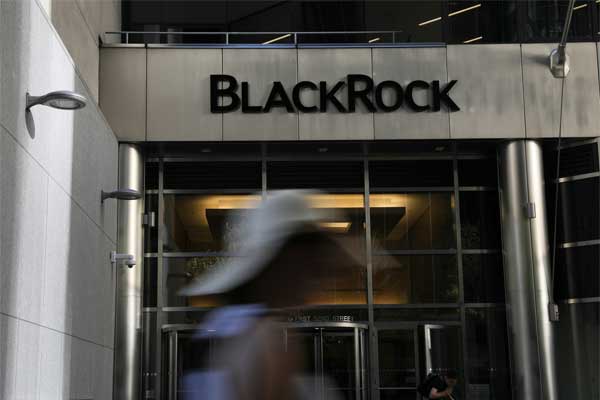THINK PROGRESS: Worldwide Renewable Energy Investment Hits A New Record
Renewable energy investment set a new world record in 2015, with emerging economies led by China topping the investment of developed nations for the first time, according to a United Nations-backed report unveiled Thursday.
Last year, the world invested $286 billion in green energy — some 3 percent more than the last record set in 2011 — mostly on wind and solar, according to the report, put together by the Frankfurt School and United Nations Environment Program (UNEP). On the other hand, coal and gas-fired electricity generation drew less than half the investment made in solar, wind, and other renewables.
“China is by far in the lead, but you also have quite a few others,” Eric Usher, head of UNEP Finance Initiative, told ThinkProgress. “In the lead table of the top 10 countries, six of them are in developing countries … so we see a transition taking place.” China, the world’s largest emitter of greenhouse gases, is responsible for about a third of worldwide investment, or $102.9 billion. The United States, the second largest emitter, is a distant second with $44.1 billion — 20 percent less than it invested in 2014. Continue to the entire article
THE WASHINGTON POST: Why this new solar market could be set to explode
Right now, there’s an odd thing about solar in the United States (and elsewhere). It’s either really big — at the scale of massive solar farms with the capacity to generate tens or hundreds of millions of watts of electricity — or pretty small: on your rooftop, with maybe as little as 5 kilowatts, or thousand watts, of capacity.
Solar has been growing extremely fast in these existing markets. But more and more, analysts say, there’s a middle-range market whose large potential is just becoming clear. It’s bigger than individual rooftop installations but smaller than vast solar farms. And it’s for a much broader and diverse range of people than fairly wealthy, suburban homeowners.
It’s called community or “shared” solar, meaning that multiple people get electricity from a mid-sized solar array on the top of, say, a condo building, or in a lot centered in a community, or perhaps an array or resource designated by their power company. This means people living in more densely populated cities, who may not own the roofs over their heads or who may not have the best credit, could also participate in the solar wave — without having to purchase or finance panels themselves. Continue to the entire article
VOX: Love solar power but got no rooftop? “Shared solar” is coming for you
To date, solar power has mostly been available to utilities (as big power plants) or individual home and business owners (as rooftop panels).
Left out has been … well, everyone else, those of us who are not utility executives and do not have the money, wherewithal, or suitable rooftops to install solar ourselves. That’s a lot of people who love solar power but have no way to get directly involved in it. Happily, that situation is rapidly changing, thanks to the growth of shared solar. Shared solar refers to small-scale solar installations that multiple individuals co-own, or that divide their power output among multiple “subscribed” individuals. It’s a way for all those non-rooftop folks to directly support clean energy, while also supporting local jobs and economic development.
Here’s how shared solar fits into the larger energy picture, how it works, its benefits and drawbacks, and its future potential. Continue to the entire article
MIT: China Is on an Epic Solar Power Binge
It’s worth taking a minute to appreciate the sheer scale of what China is doing in solar right now. In 2015, the country added more than 15 gigawatts of new solar capacity, surpassing Germany as the world’s largest solar power market. China now has 43.2 gigawatts of solar capacity, compared with38.4 gigawatts in Germany and 27.8 in the United States.
According to new projections, it seems that trend is going to continue. Under its 13th Five Year Plan, China will nearly triple solar capacity by 2020, adding 15 to 20 gigawatts of solar capacity each year for the next five years, according to Nur Bekri, director of the National Energy Administration. That will bring the country’s installed solar power to more than 140 gigawatts. To put that in context, world solar capacity topped 200 gigawatts last year and is expected to reach 321 gigawatts by the end of 2016.
Of course, China is also the world’s largest carbon emitter, it burns more coal than any other nation, and its solar capacity is only a small fraction of its total energy portfolio. What’s more, capacity does not always equate to generation: the National Energy Administration estimates that nearly one-third of solar capacity in Gansu province, and more than one-quarter in Xinjiang, was idle last year. Continue to the entire article













Comments